CMI Diploma in Leadership and Management: Team Leading Welcome & Intro
VerifiedAdded on 2023/01/13
|34
|1612
|37
Homework Assignment
AI Summary
This assignment provides a comprehensive introduction to team leading, covering essential aspects such as team dynamics, different types of teams, and the advantages and disadvantages of both team and lone working environments. It explores the Belbin team roles theory, the characteristics of high-performing teams, and various leadership styles, including autocratic and democratic approaches. The assignment also delves into coaching and mentoring teams, communication methods, and strategies for motivating teams to achieve results. Furthermore, it addresses the challenges of managing a team, work allocation, monitoring team performance, and providing feedback. The document concludes with inspirational quotes and outlines the next steps for the course, including assignment completion.
1 out of 34
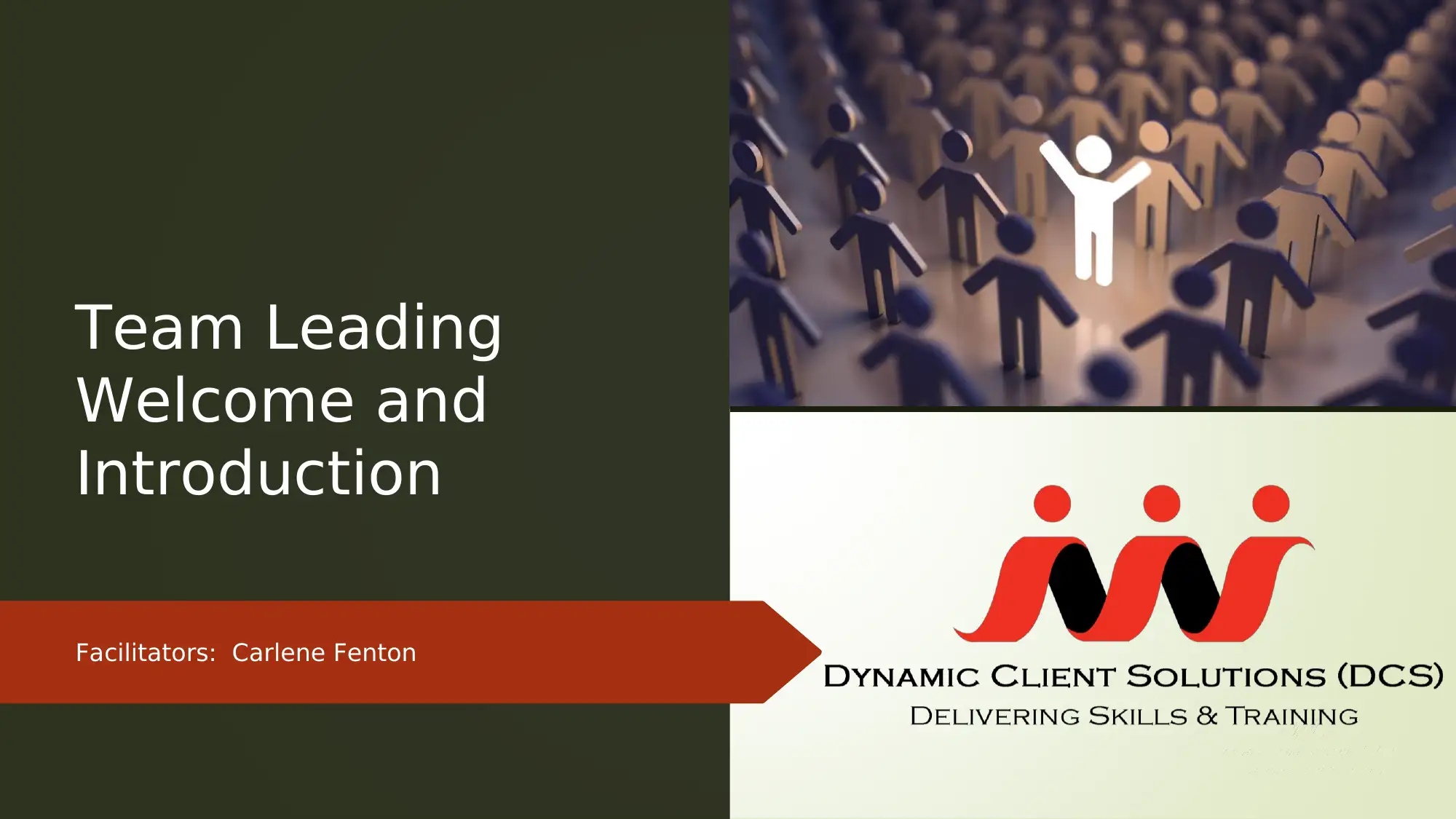
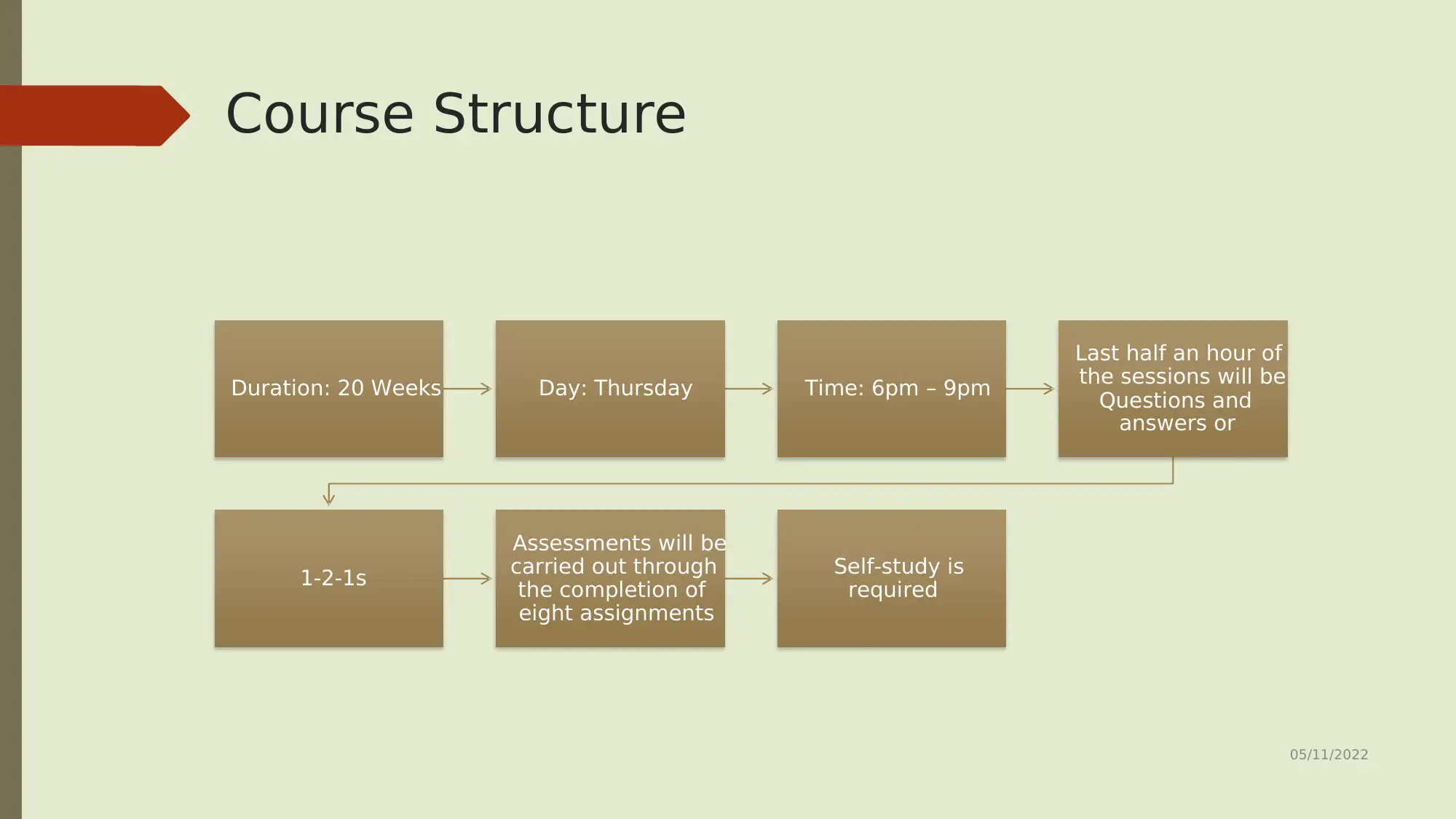
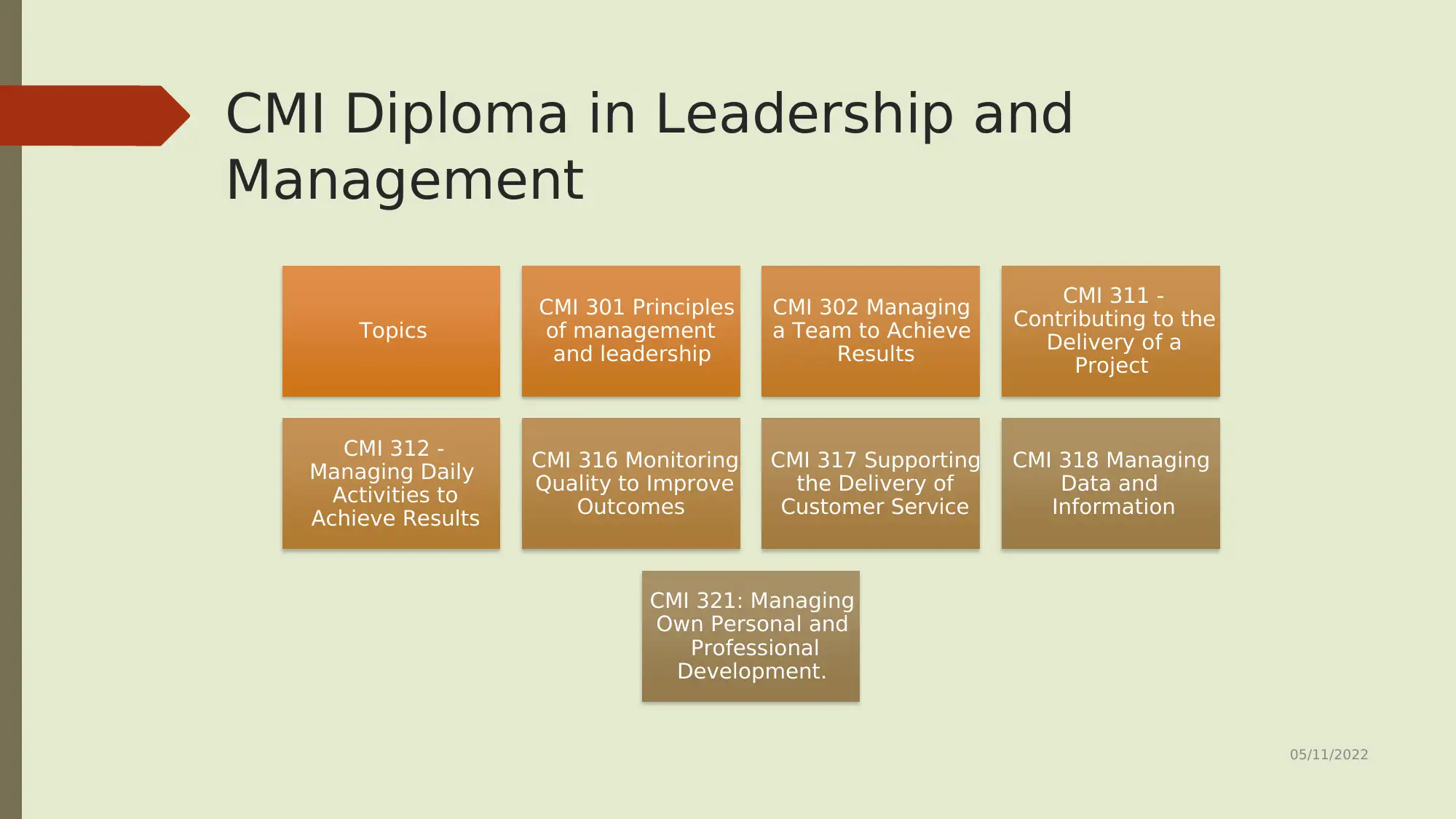

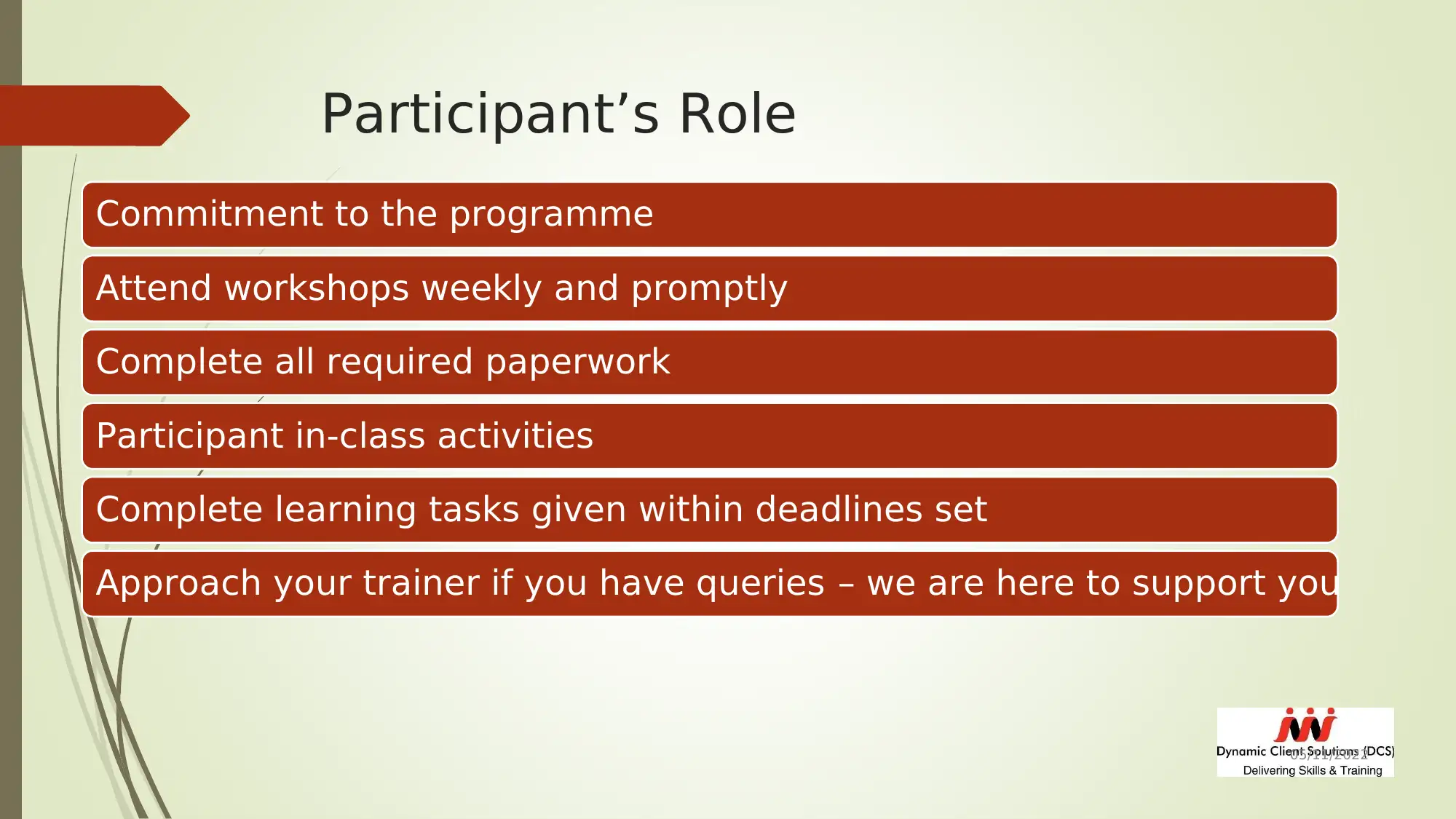
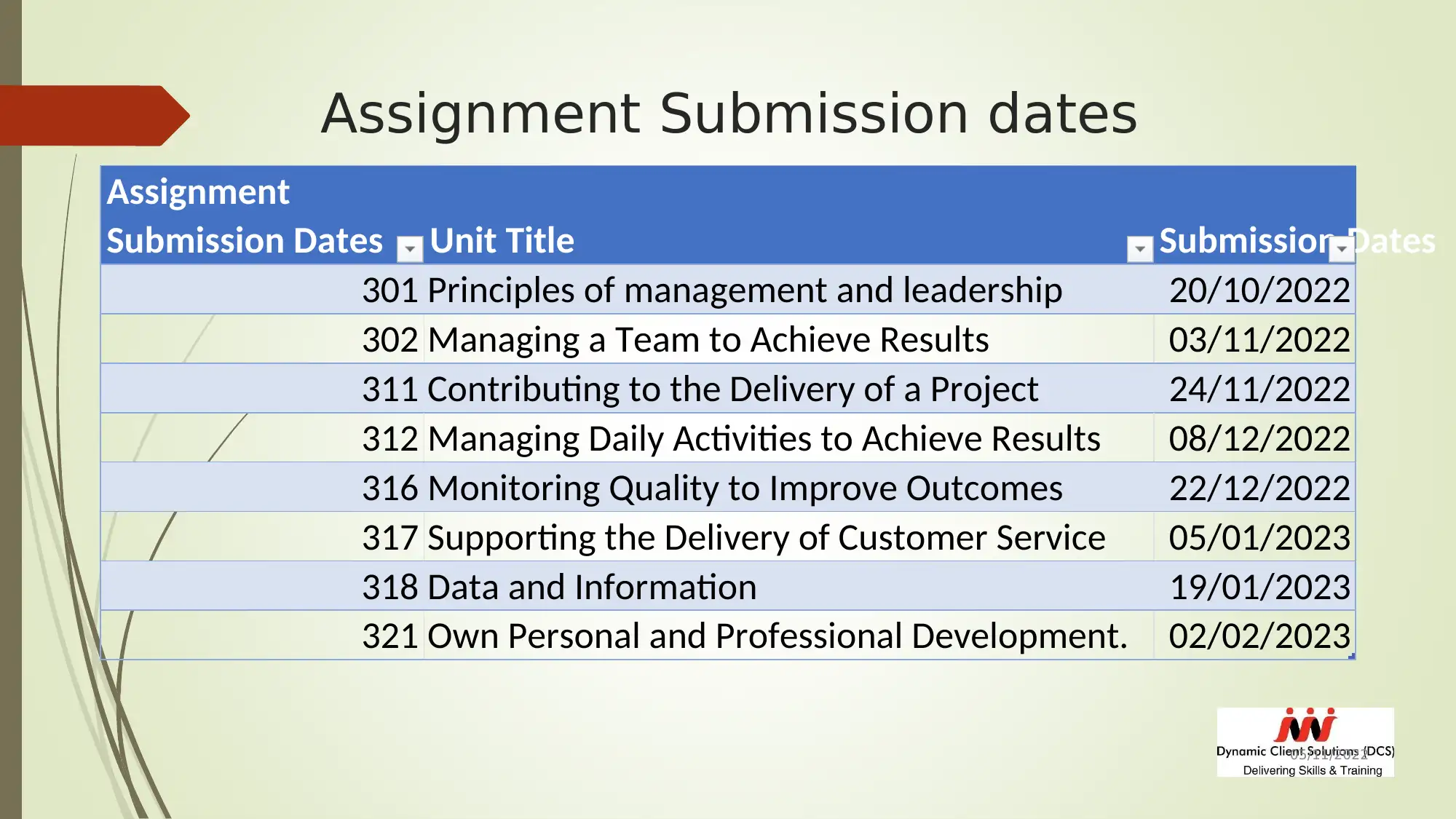
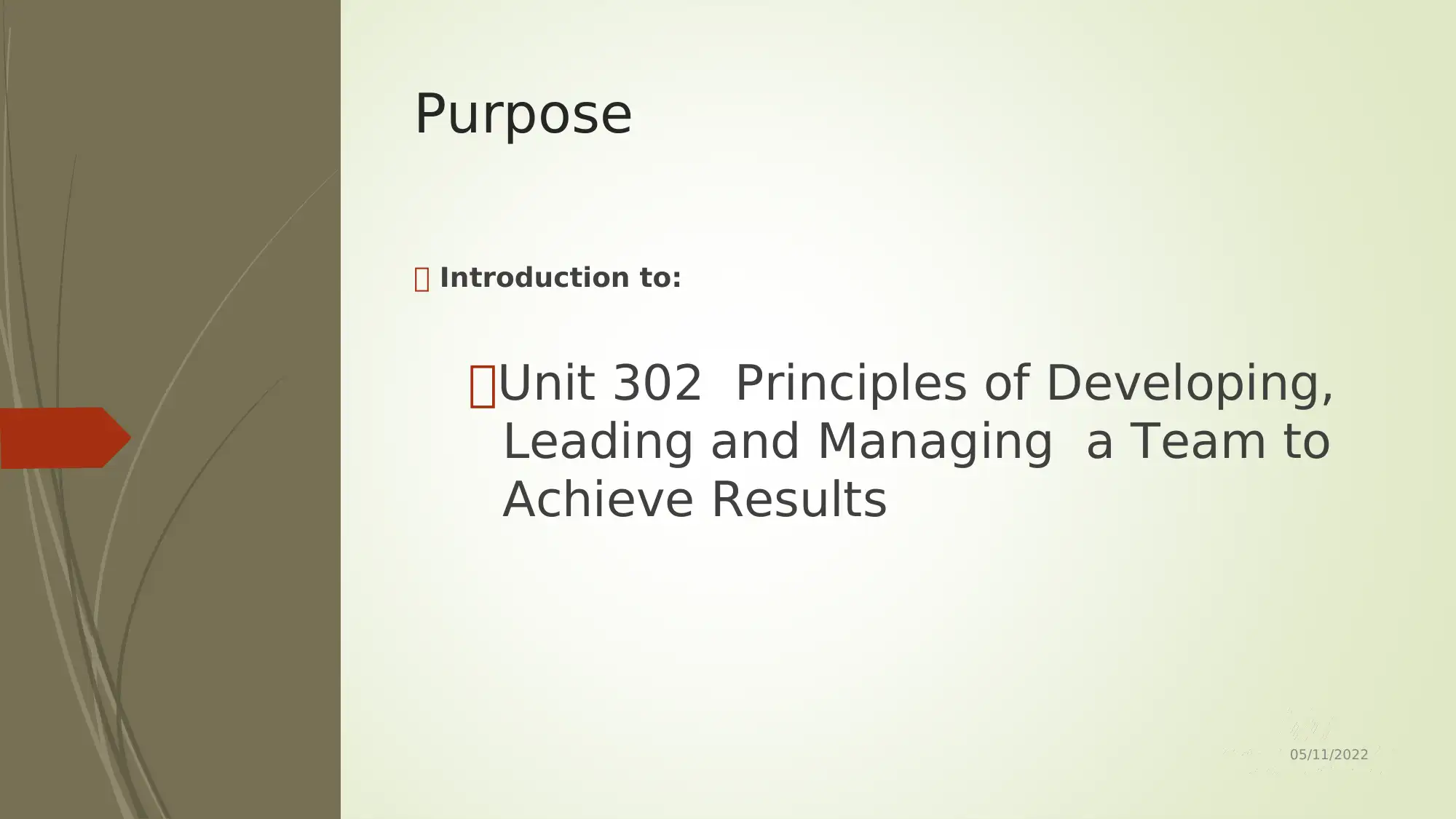
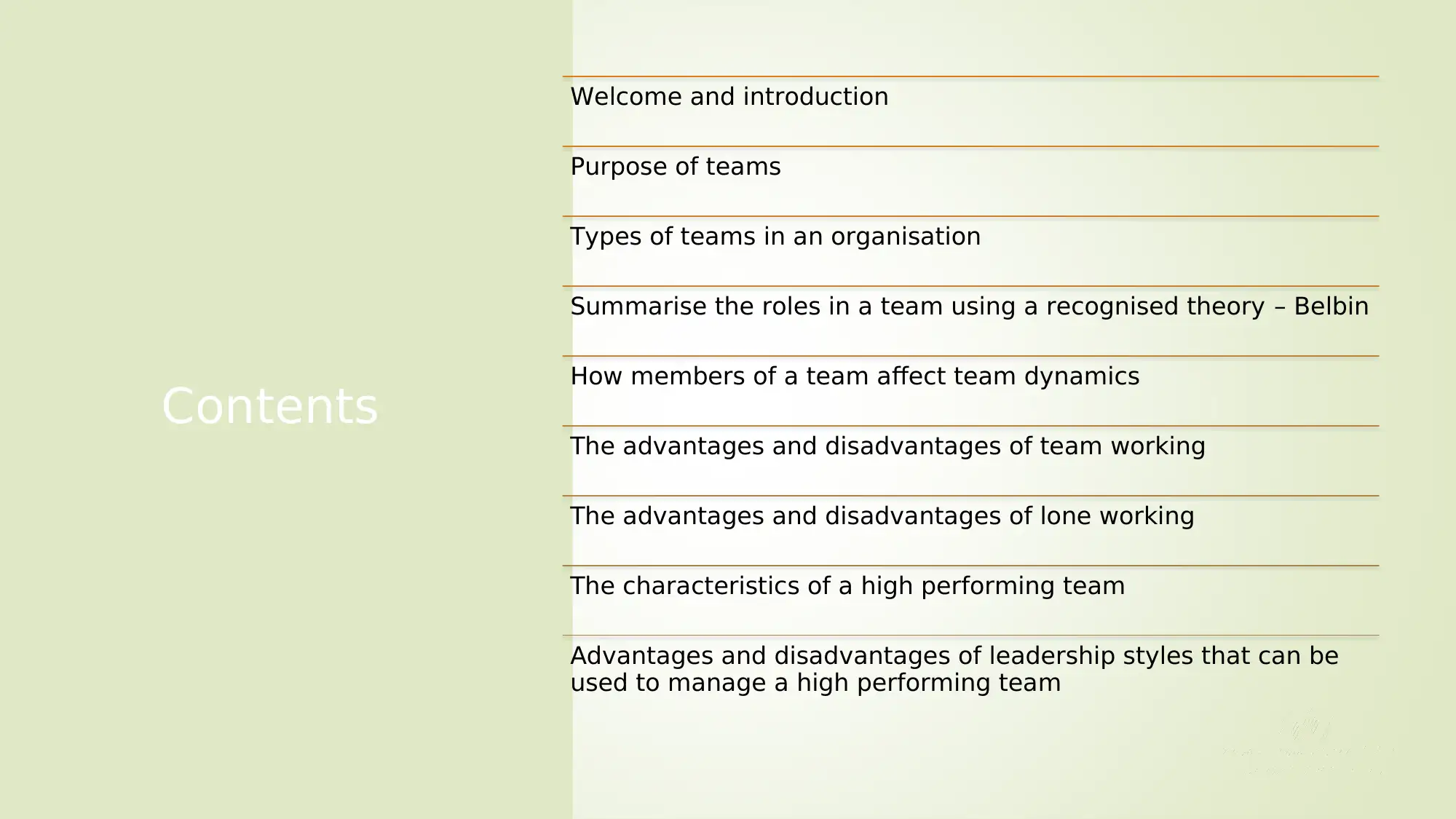
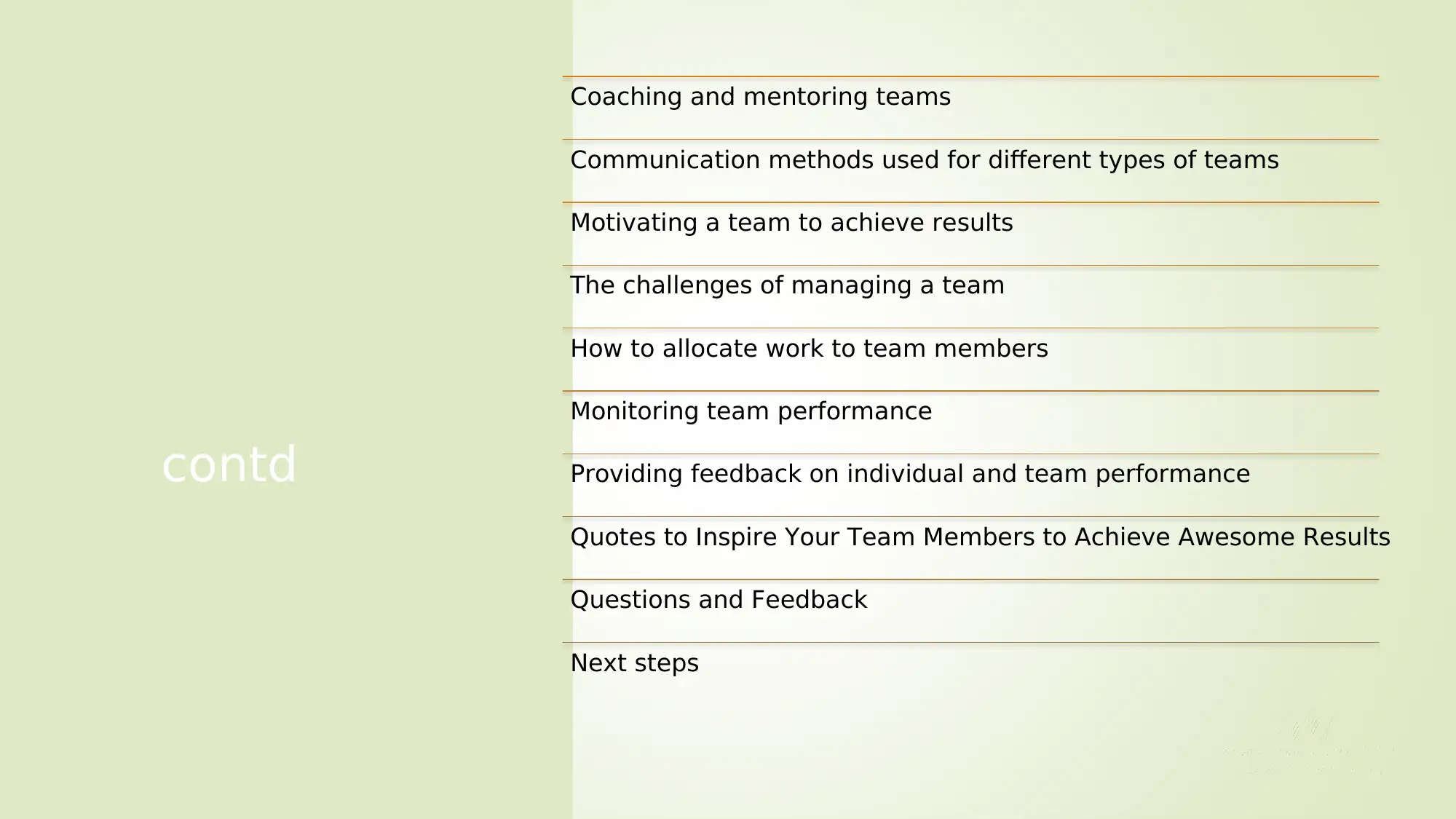
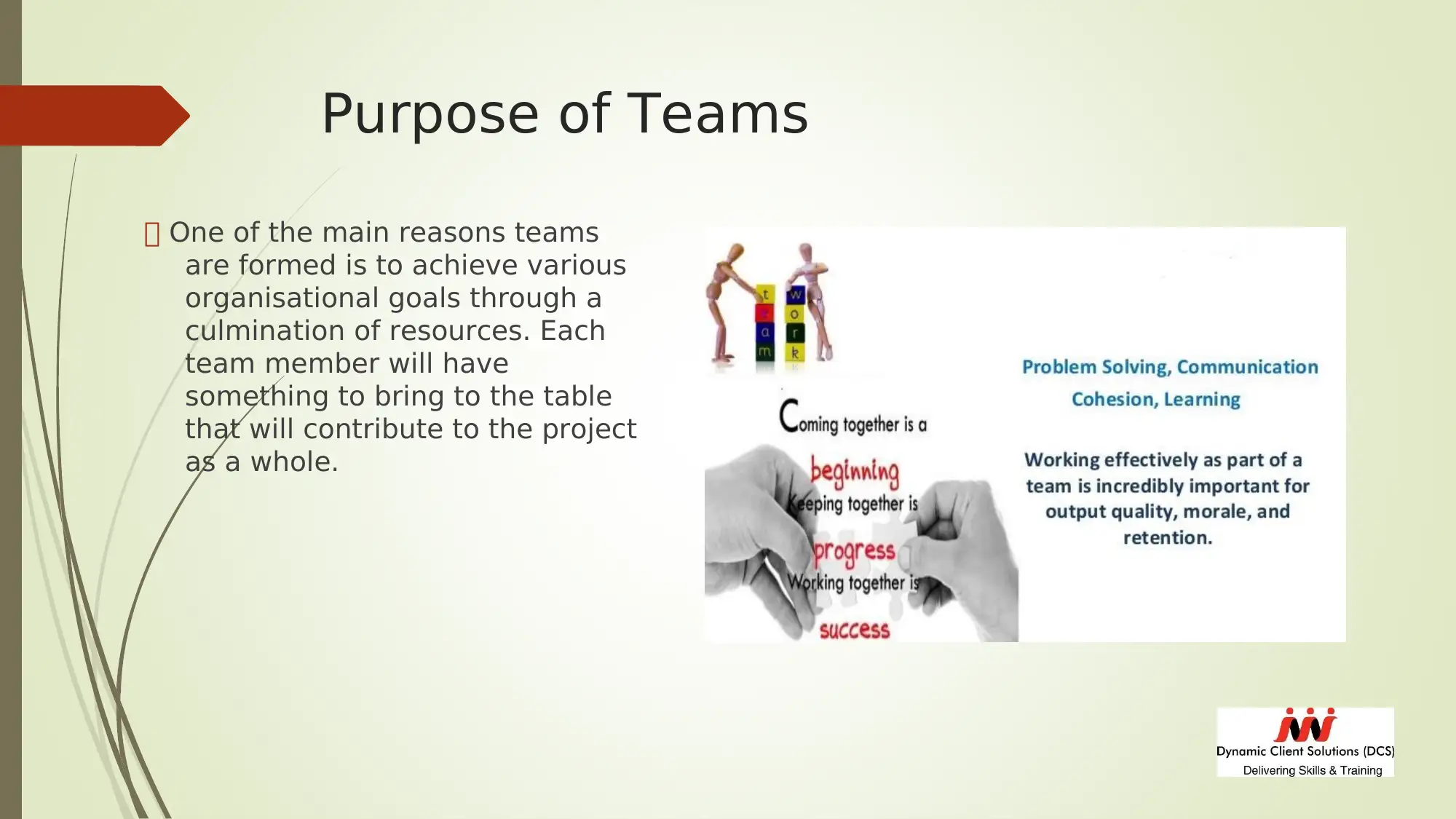
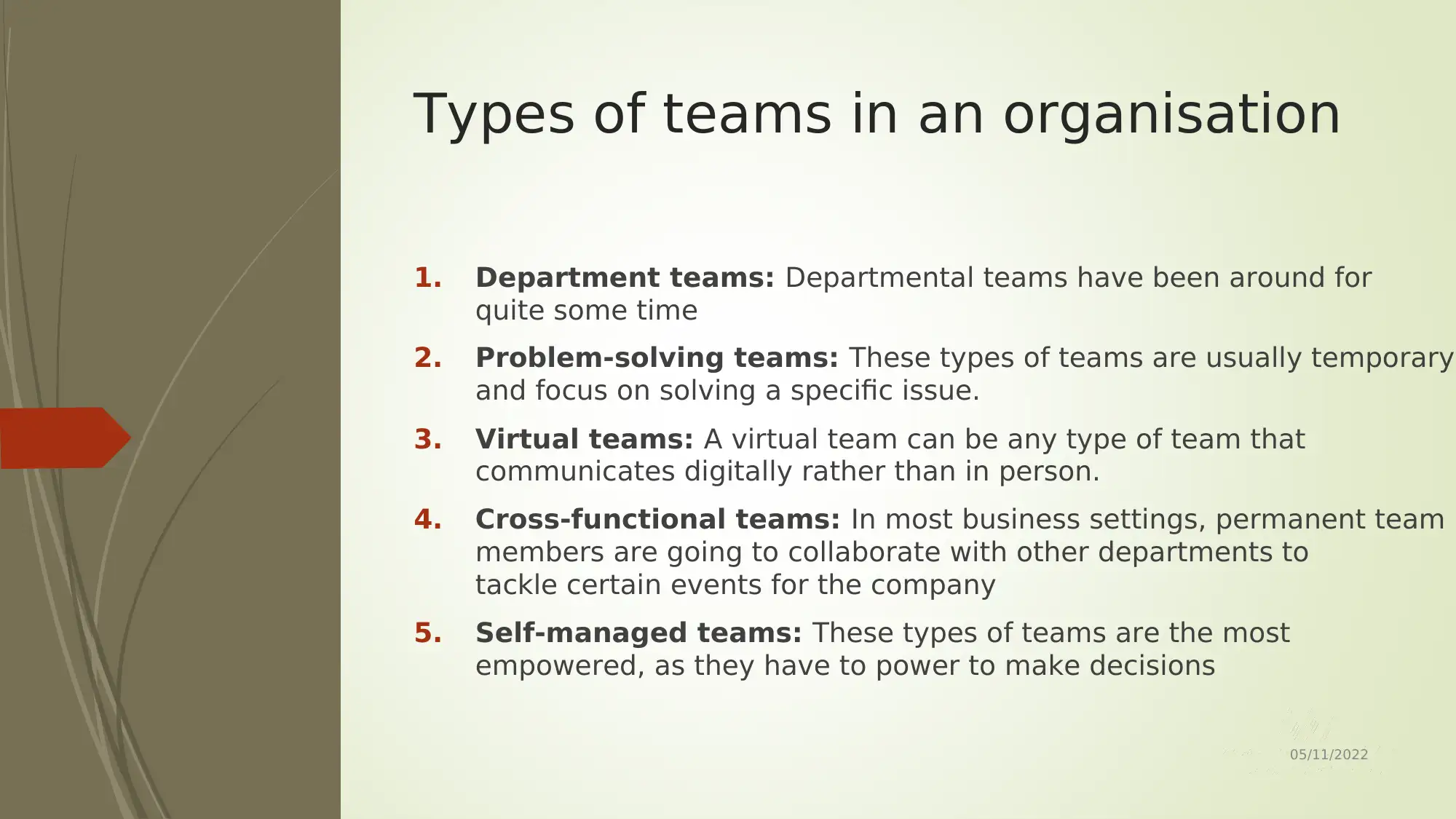
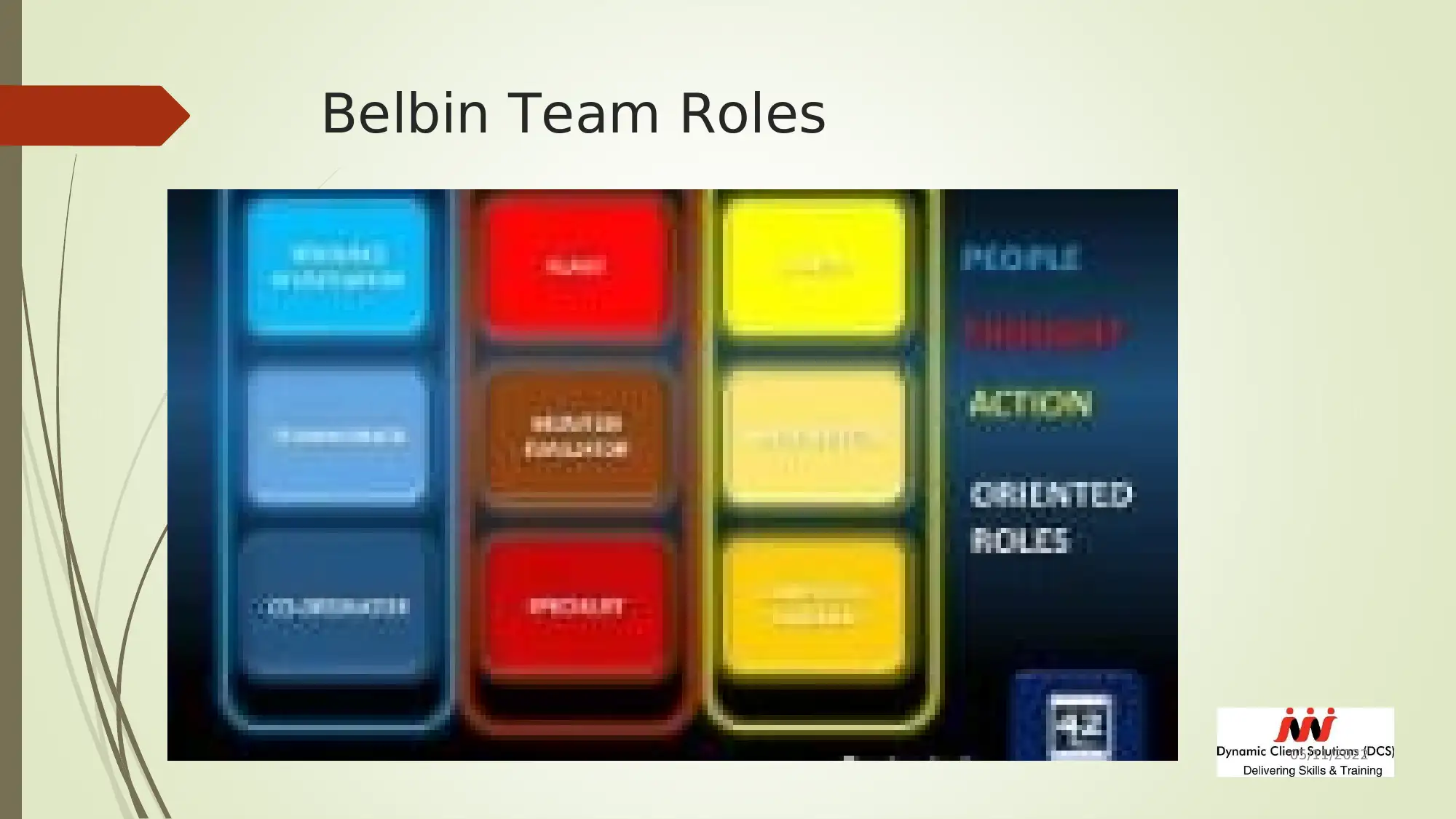
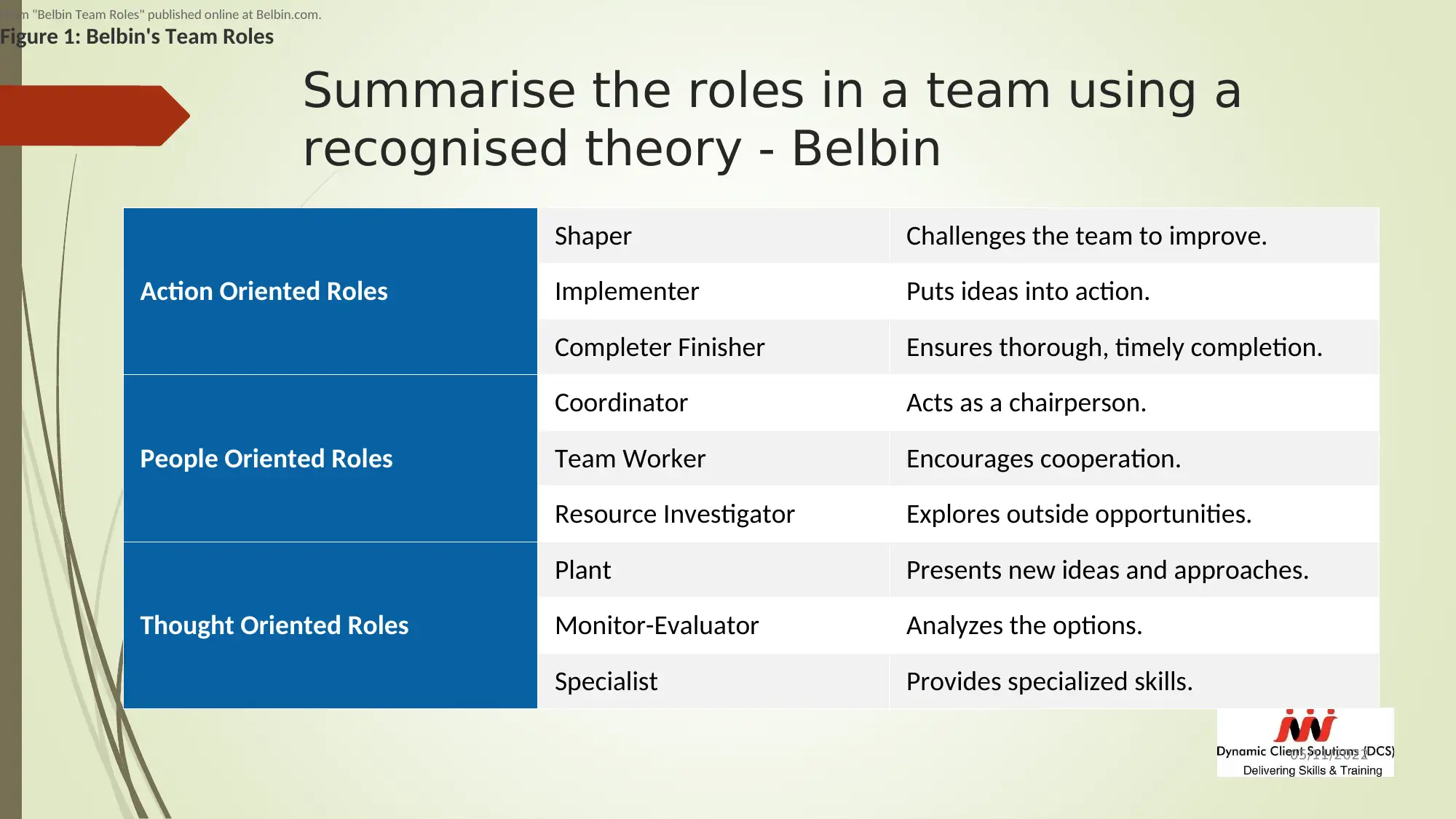


![[object Object]](/_next/static/media/star-bottom.7253800d.svg)